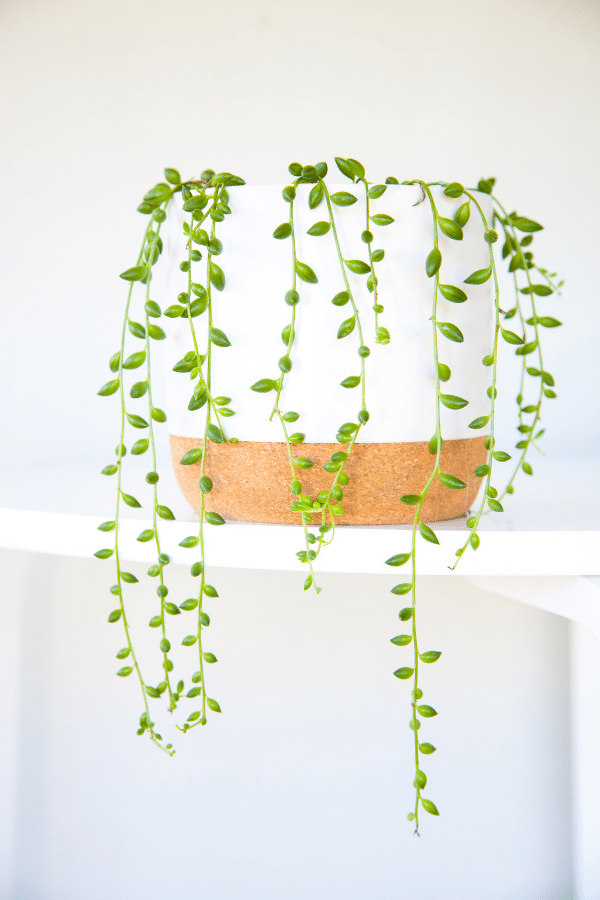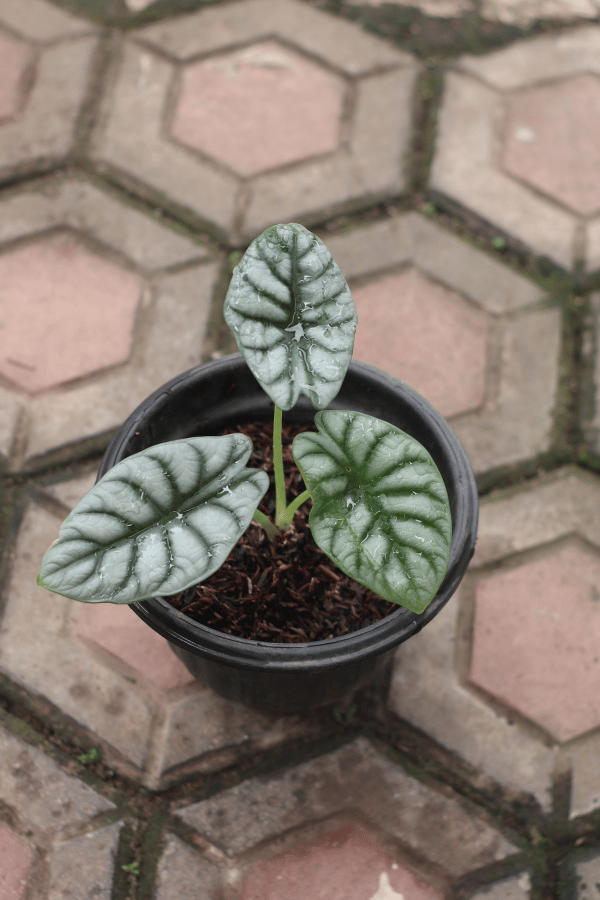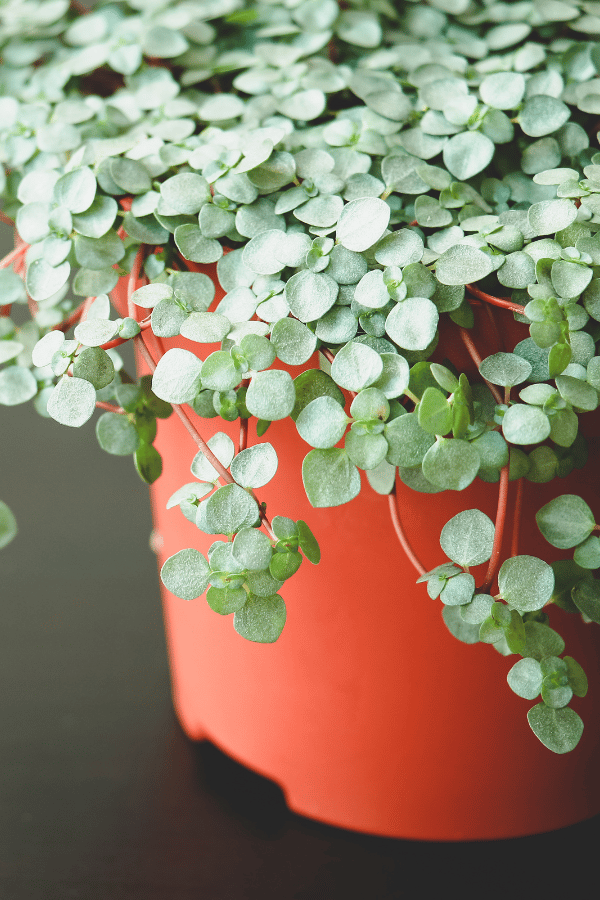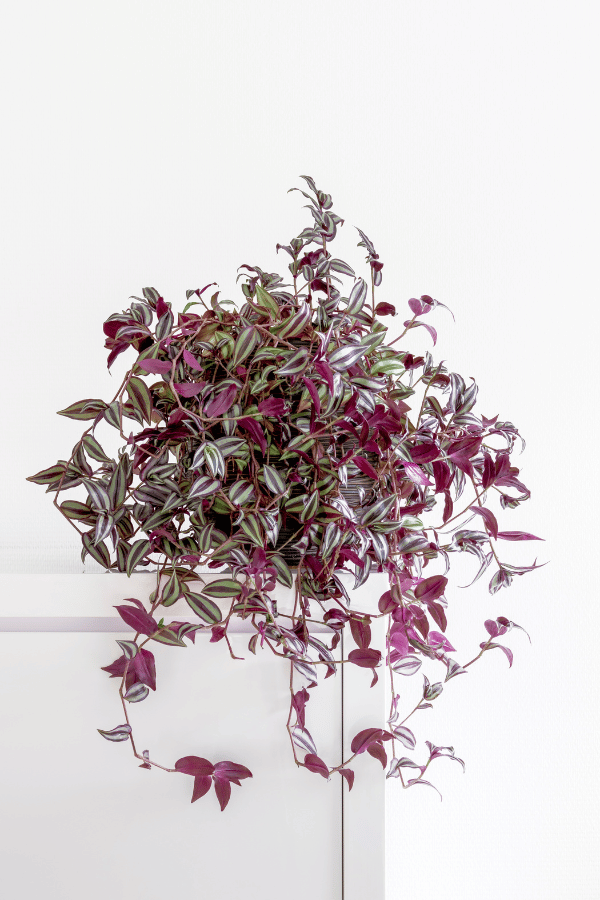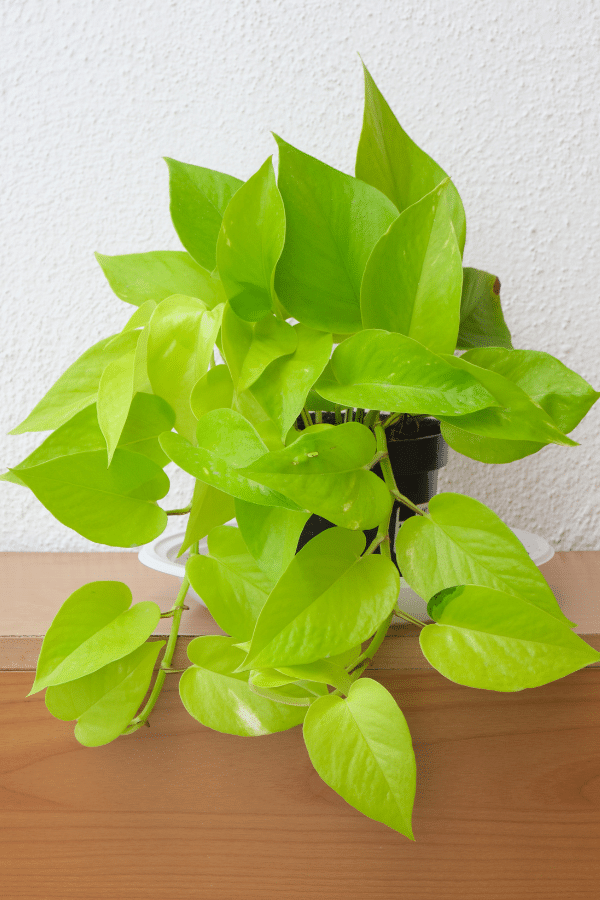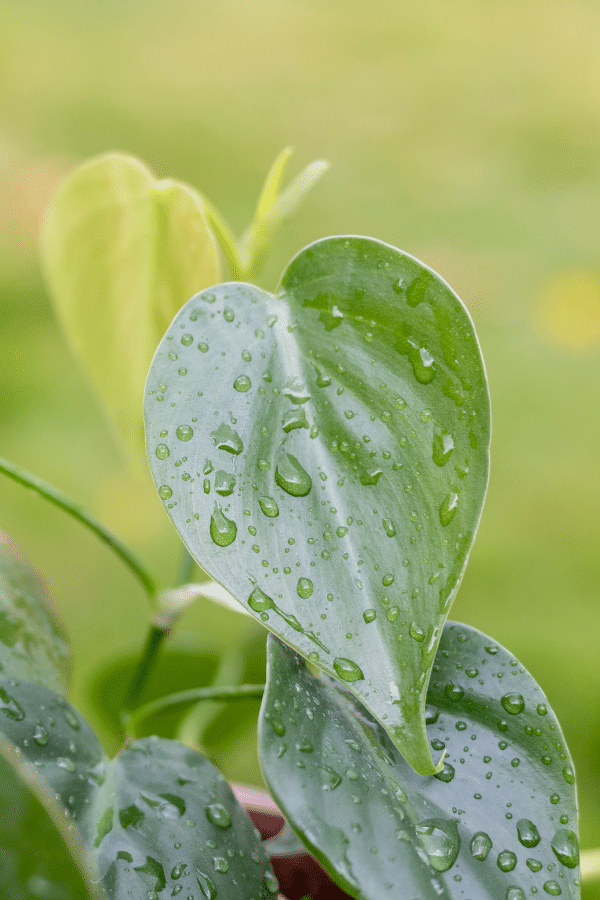Dieffenbachia
Dieffenbachia care is an easy Aroid to grow and care for. If you are looking for a popular houseplant with creamy white and green foliage, then a Dumb Cane plant may be for you.
Scientific Name: Dieffenbachia
To give this Dieffenbachia plant the best care, it requires well-draining soil, water the plant when the top inch of the soil is dry, provide it with bright indirect sunlight, temperatures ranging from 65-75F, and average to high humidity levels.
Quick Care Overview
| Common Name | Dumb Cane |
| Scientific Name | Dieffenbachia |
| Family | Araceae |
| Origin | Central America |
| Growth Rate | Fast |
| Identification | Large pointed ovate leaves that are white, cream, and green in color |
| Height | Up to 5 feet tall |
| Soil | Well-draining soil |
| Water | Water when the top inch of soil is dry |
| Temperature | 65-75F |
| Sunlight | Bright indirect sunlight |
| Toxic to Cats & Dogs | Yes |
| Toxic to Humans | Yes |
| Pests | Spider mites, fungus gnats |
| Diseases | Root Rot |
Below we will dive deep into this Dieffenbachia care guide.
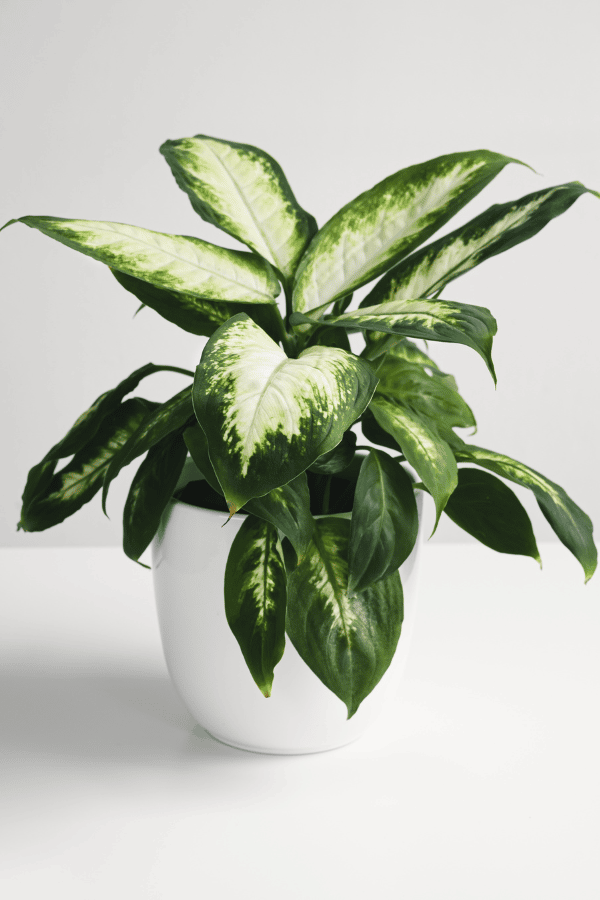
Dieffenbachia History
Central American native, Dieffenbachia, also known as Dumb Cane or Leopard Lily, received its common name “Dumb Cane” due to its high toxicity to humans and animals. This popular houseplant is prized for its large showy leaves. Lower foliage will drop as the plant matures, revealing the plant’s cane-like stems.
Dieffenbachia Identification
Dieffenbachia presents with large, pointed, ovate leaves that come in varying combinations of white, cream, and green. Leaves are thick and glossy and may become nearly 12 inches long on some species.
Dieffenbachia Growth Facts
This fast-growing plant can reach up to 10 feet tall when grown in its natural environment. However, it will rarely reach that size when grown indoors.
How Big Does a Dieffenbachia Get?
When grown indoors, Dieffenbachia will tend to grow between 3-5 feet tall.
Dieffenbachia Care
Caring for Dieffenbachia is easy as long as you provide it with plenty of bright light, adequate water, and well-draining soil. Leaves may be wiped with a damp cloth occasionally to keep them looking at their best. This plant does not require much care to thrive.
Dieffenbachia Soil
Dumb canes should be planted in airy, well-draining soil. A quality commercial mix with incorporations of perlite will suit your Dieffenbachia nicely.
Dieffenbachia Fertilizer
To support its fast growth, you should feed your Dieffenbachia monthly during the warm growing season with a balanced fertilizer. Follow all label instructions and do not overfeed, as this may lead to a chemical burn. Also, do not feed in late fall or winter, as this may lead to overfertilization and chemical burn.
Dieffenbachia Watering
Dieffenbachias prefer to be consistently moist but not oversaturated with water. Depending on growing conditions, you will likely need to water your dumb cane twice a week during the warm growing season. Watering frequency may be reduced in winter. Do not flood your plant or allow it to sit in standing water within the plant’s drainage tray, as this may lead to issues such as root rot.
Dieffenbachia Light Requirements
Dieffenbachia plants will tolerate lower light conditions but prefer to be grown in bright indirect light. Too much direct sunlight will cause the foliage of your dumb cane to burn. As this plant tends to grow towards the light quickly, you should periodically rotate your plant’s container to encourage uniform growth.
Dieffenbachia Temperature & Humidity
Dieffenbachia prefers to be grown in warm environments between 65-75 degrees Fahrenheit. When exposed to temperatures under 60 degrees Fahrenheit, damage may occur to your plant, and it may begin to drop its leaves. Dieffenbachia will tolerate average indoor humidity levels, but will benefit from additional humidity, such as from a humidifier or pebble tray.
Repotting Dieffenbachia
As this plant is very fast-growing, it will benefit from annual repotting. While repotting, select a container that is 1-2 inches larger than the previous. As this plant is highly toxic, it is recommended that you use gloves while repotting, propagating, or pruning.
Dieffenbachia Maintenance & Pruning
Your Dieffenbachia plant should be periodically pruned to remove any dead, diseased, or discolored foliage using sharp, clean shears. Additionally, you may remove foliage to promote bushier, more uniform growth. Cuttings may be used for propagating.

Dieffenbachia Propagation
Dieffenbachia may be propagated by root division or cane cuttings. To propagate, divide offsets during repotting in spring. Use gloves and a sterilized, sharp blade to separate offsets from the mother plant. Repot the mother plant and the offsets into their container with fresh soil and water thoroughly and place them in indirect light. Alternatively, you may root cane pieces by laying them horizontally in a growing medium and keeping them moist. Cane pieces will root, and new leaves will emerge from them.
Dieffenbachia Toxicity
Toxicity to Humans
Dieffenbachia is considered toxic to humans and should not be consumed due to its calcium oxalate crystal content.
Toxicity to Cats & Dogs
Dieffenbachia is considered toxic to pets and should not be consumed. If you suspect your pet has consumed any portion of this plant, contact your veterinarian or animal poison control immediately.

Dieffenbachia Problems
Dieffenbachia Leaves Turning Yellow
The most common cause of yellow foliage on Dieffenbachia is due to overwatering. Alternatively, yellowing leaves may indicate that the plant lacks nutrients and requires more fertilizer.
Dieffenbachia Leaves Turning Brown
The foliage of your Dieffenbachia may turn brown due to watering issues, too much sun exposure, temperature stress, or nutrient deficiency.
Dieffenbachia Diseases
Dieffenbachia is considered relatively disease-resistant, but still may suffer from plant disease issues related to overwatering, such as root rot. Ensure that you do not overwater your plant and that you do not allow it to rest in excess water within the plant container’s drainage tray.
Dieffenbachia Pests
Dieffenbachia is considered relatively pest-resistant but may become susceptible to some indoor plant pests such as spider mites. If a pest infestation is suspected, isolate your plant, and treat it with a pesticide such as neem oil or insecticidal soap. Ensure to follow all label instructions.

